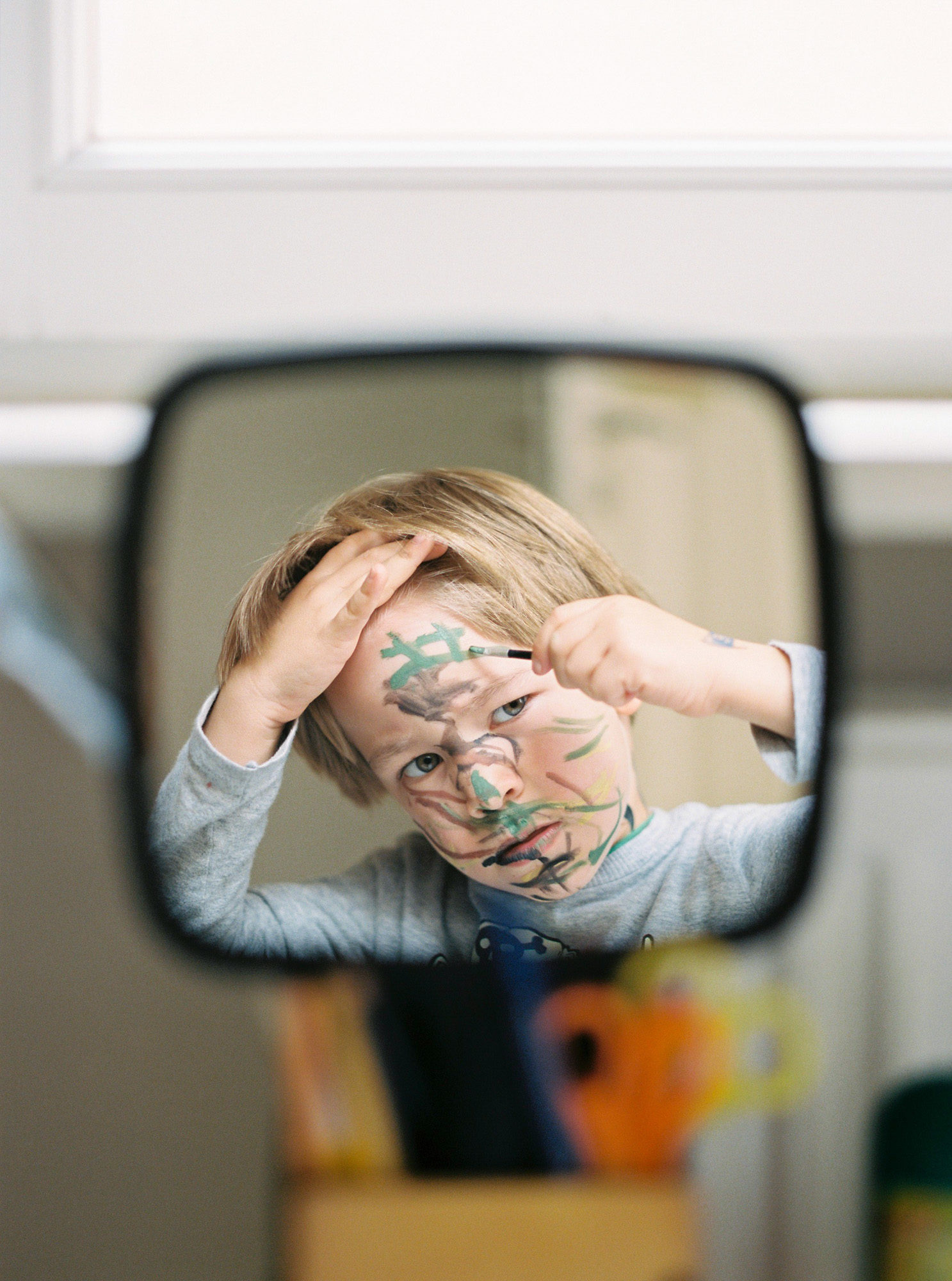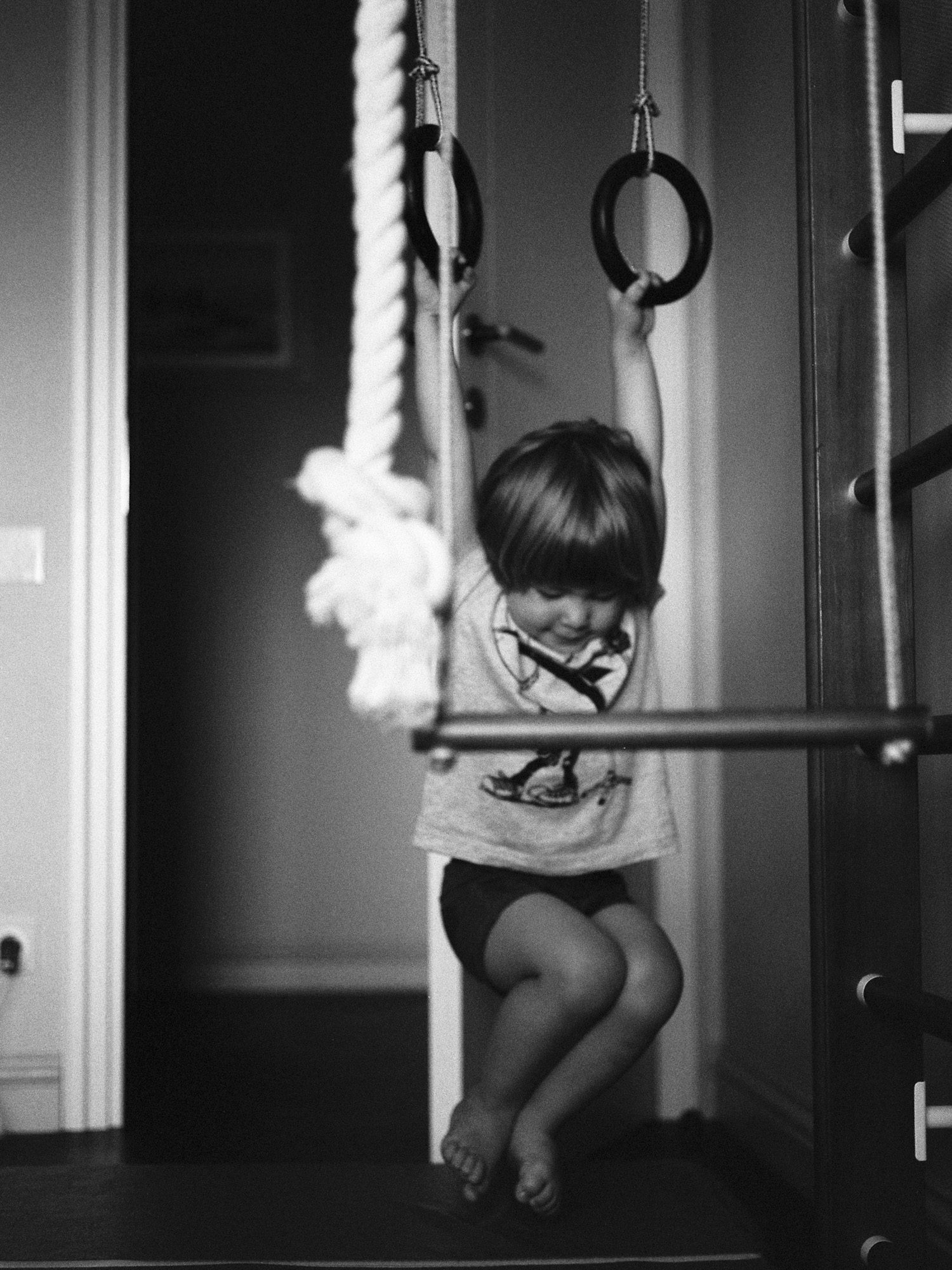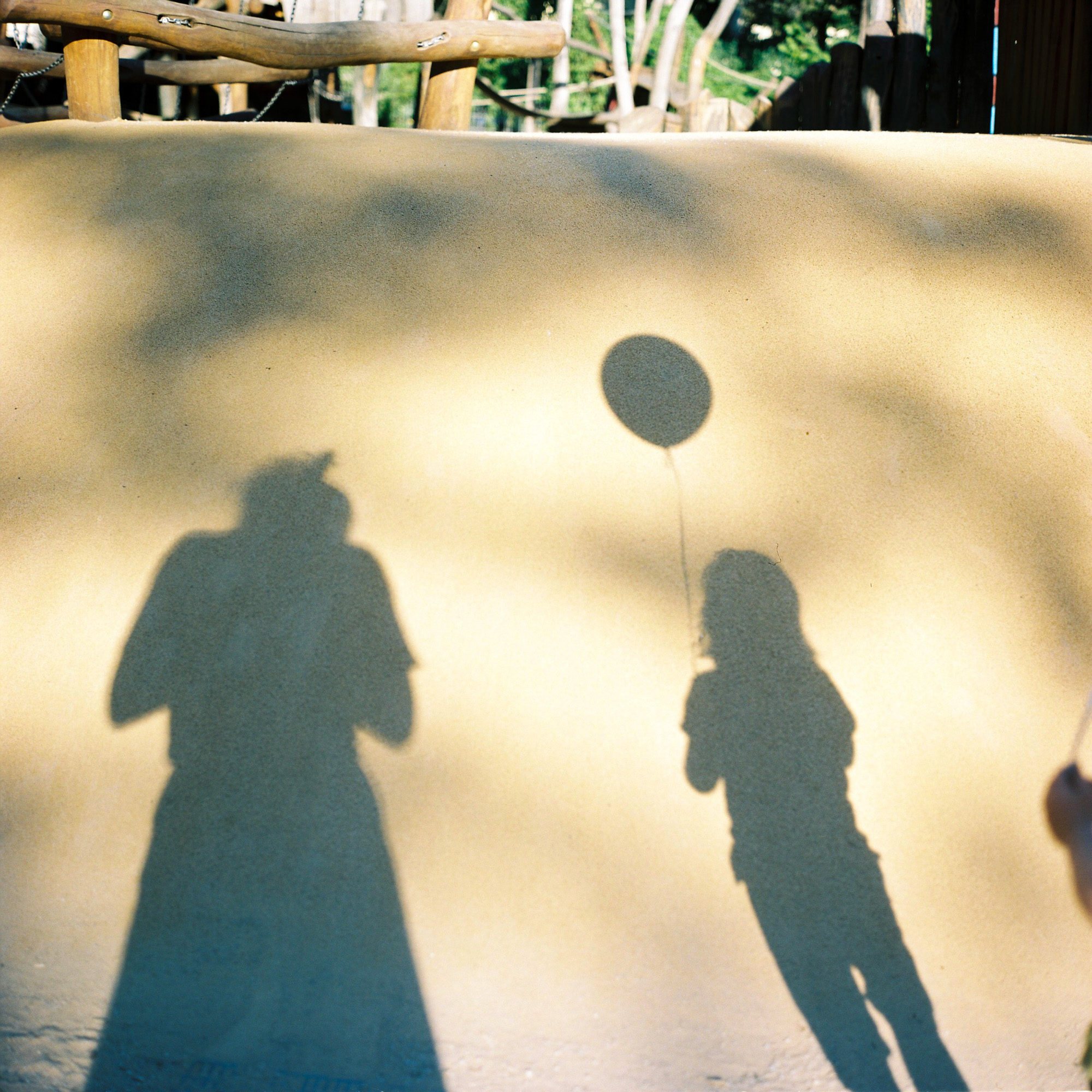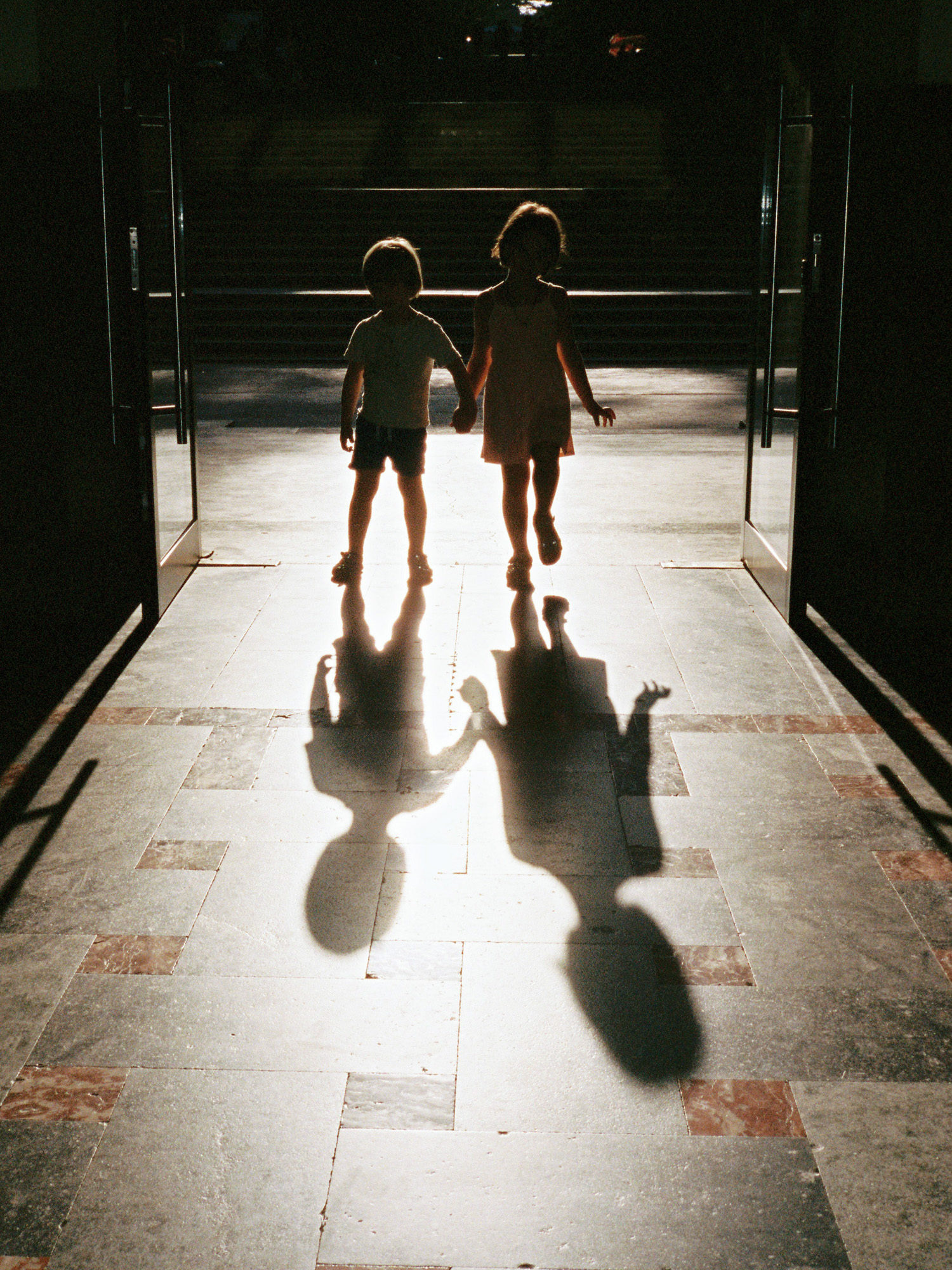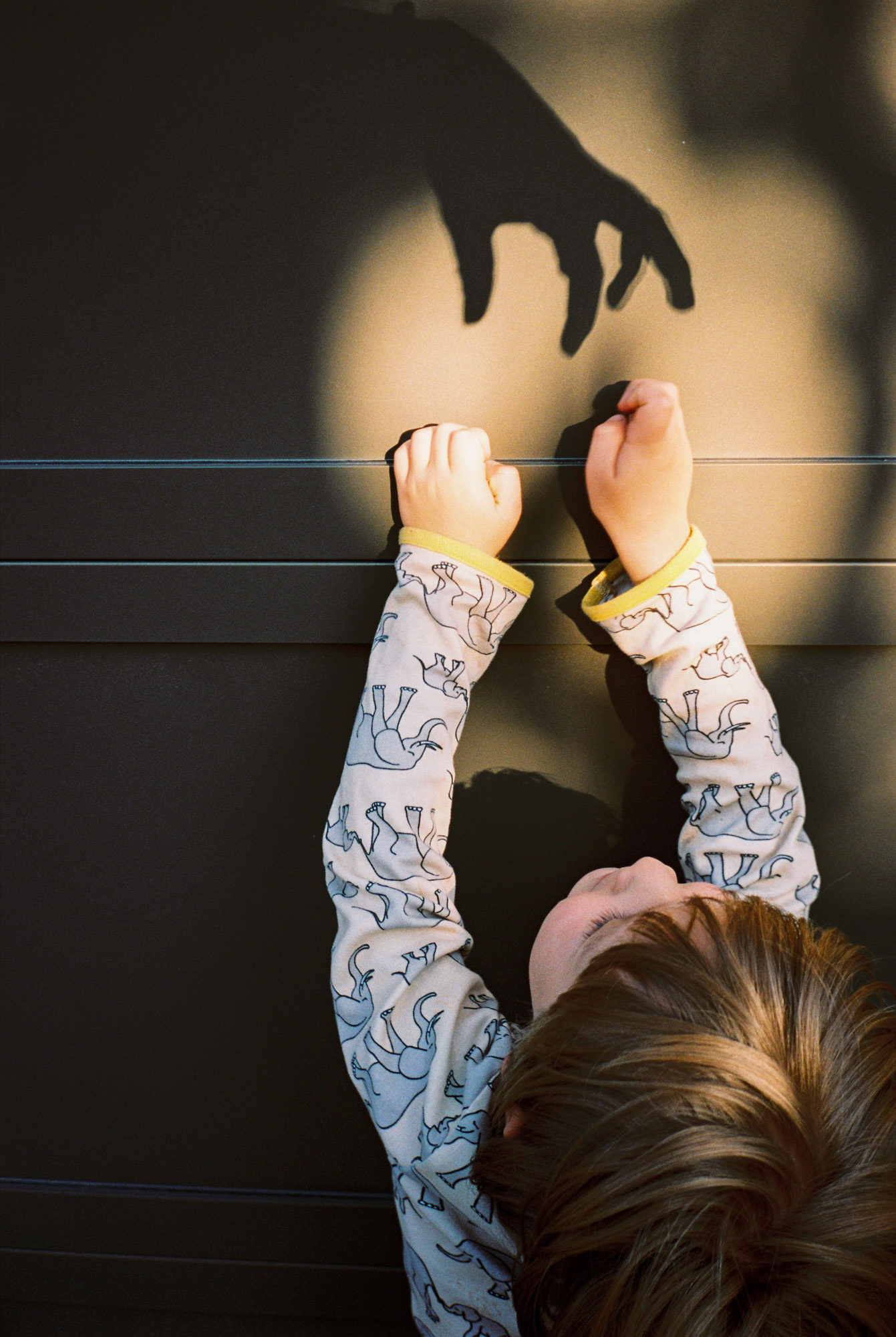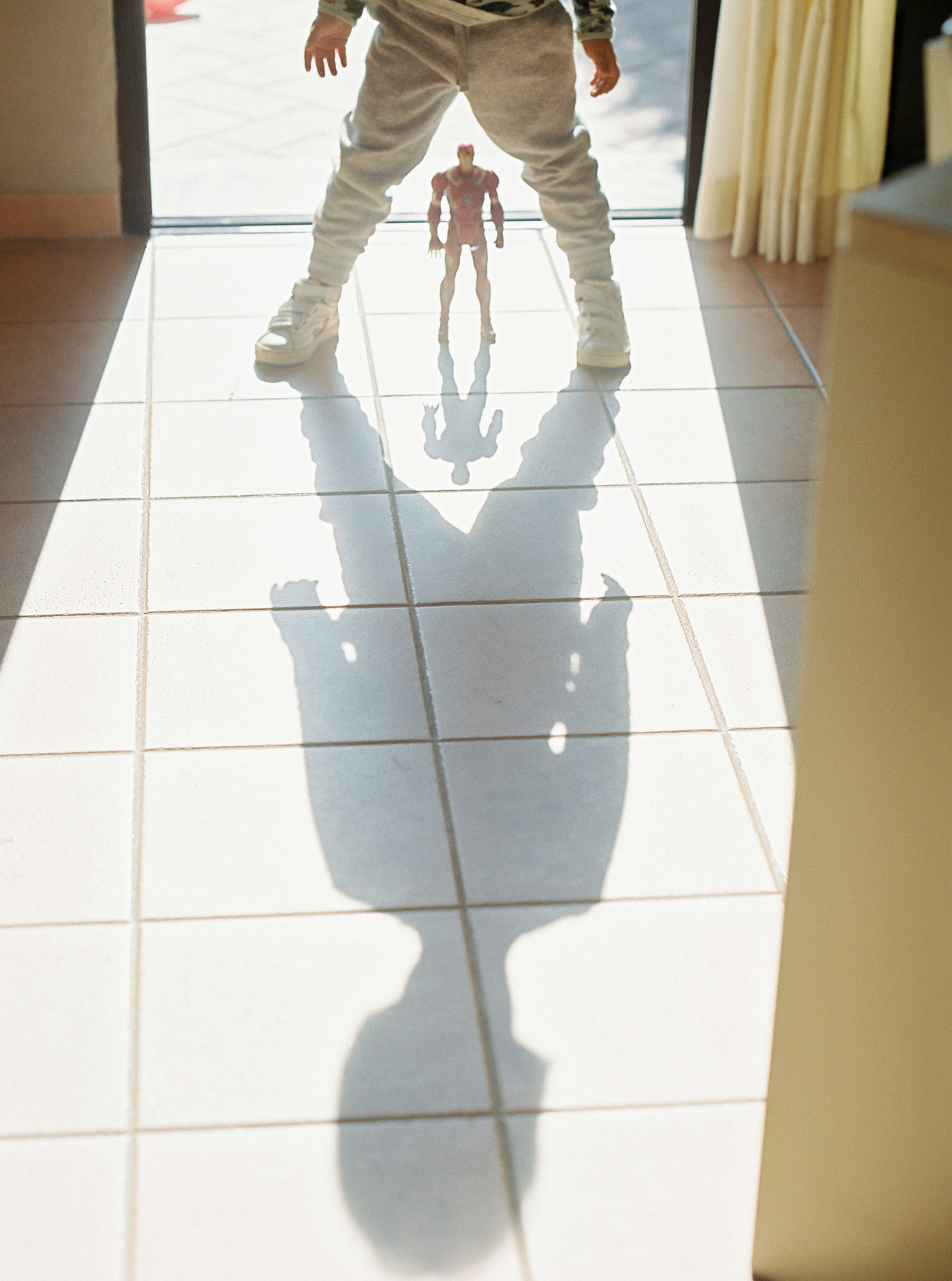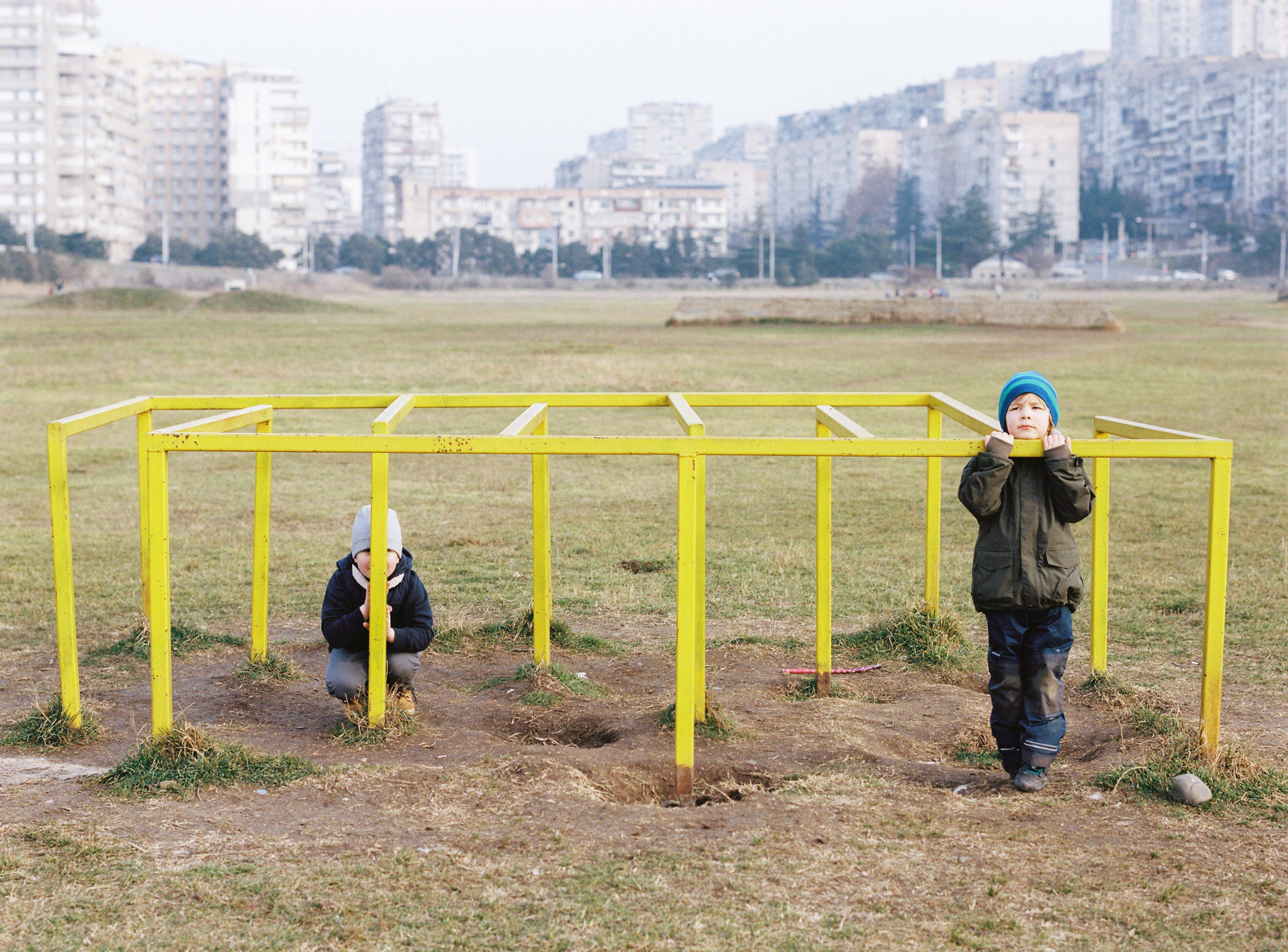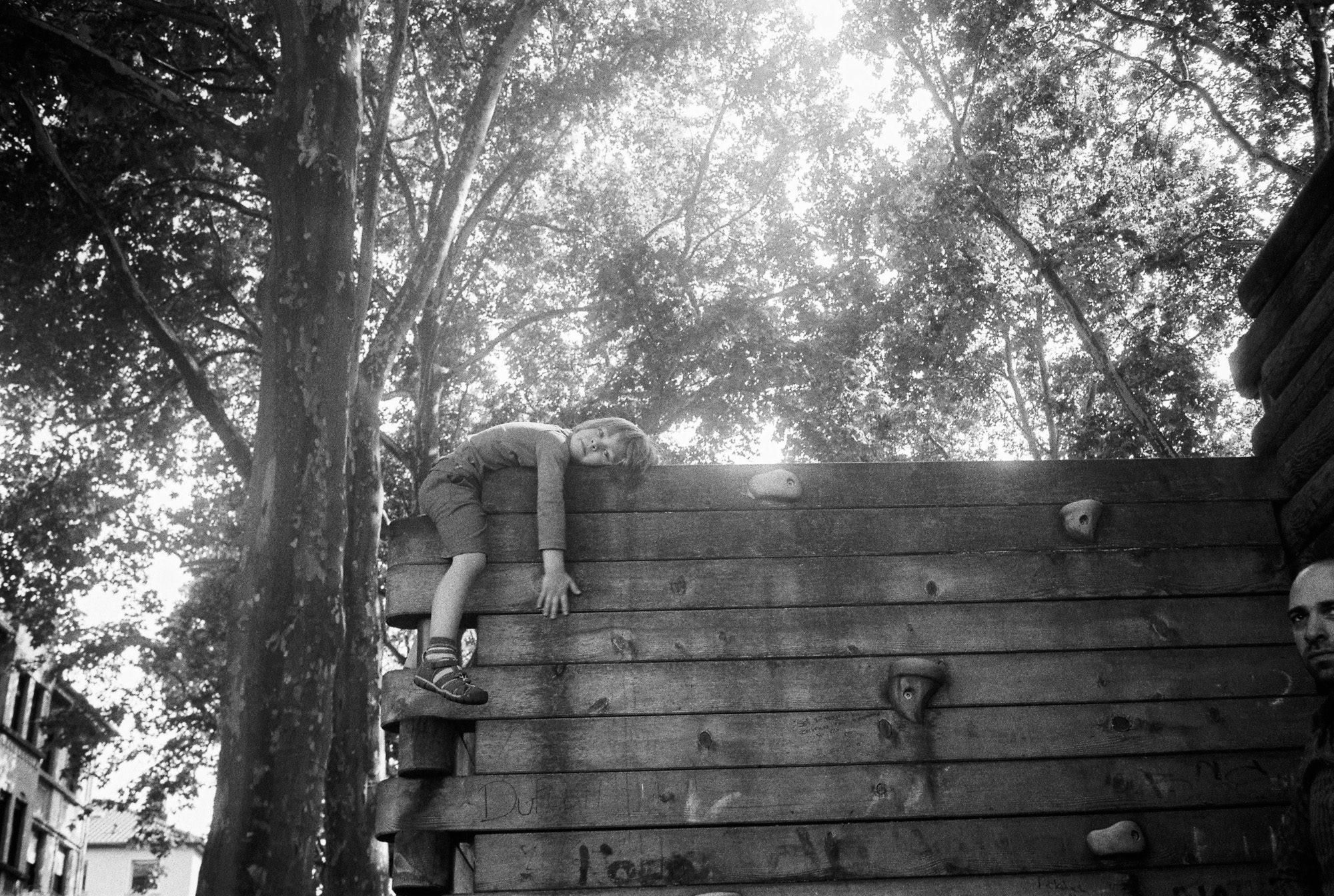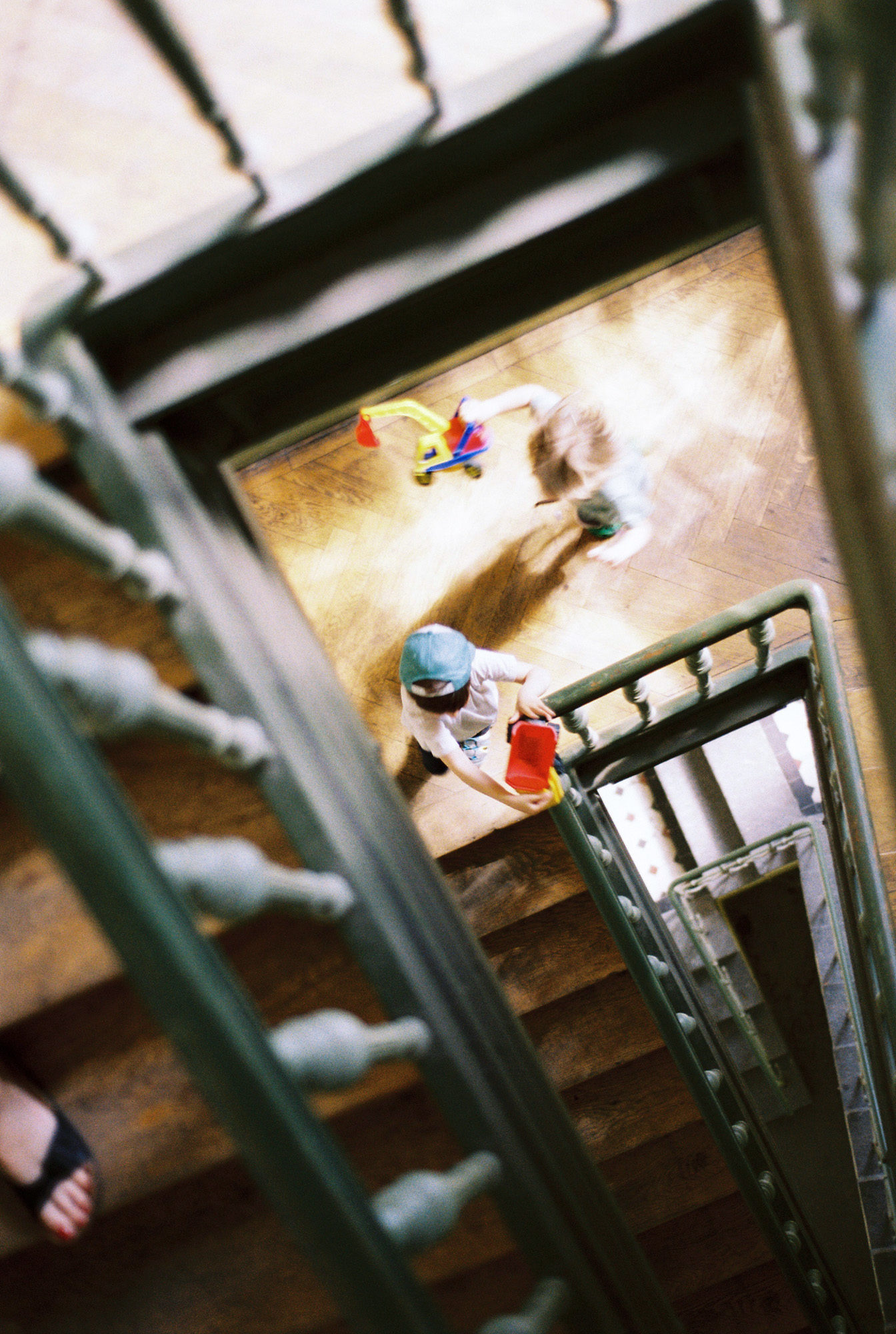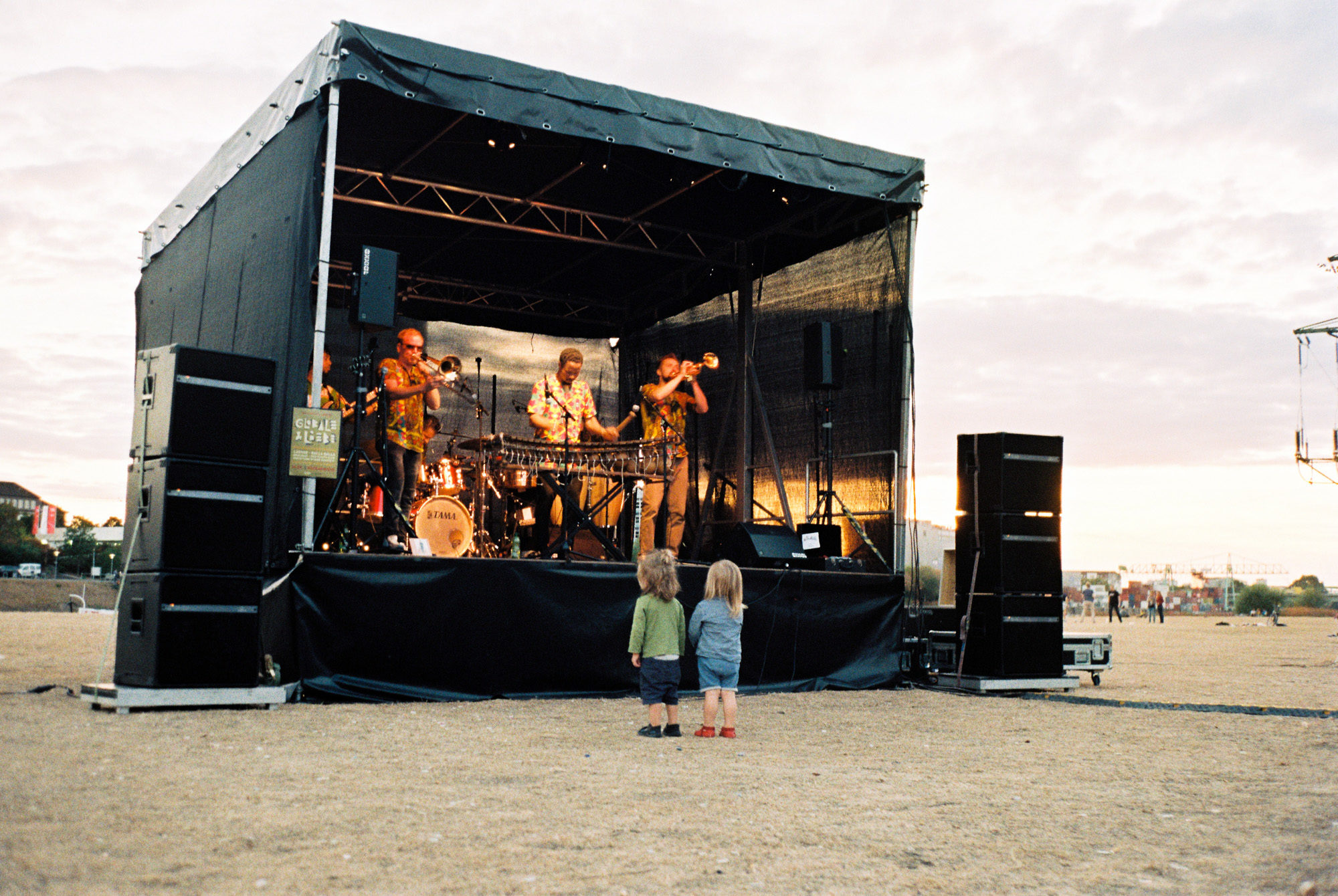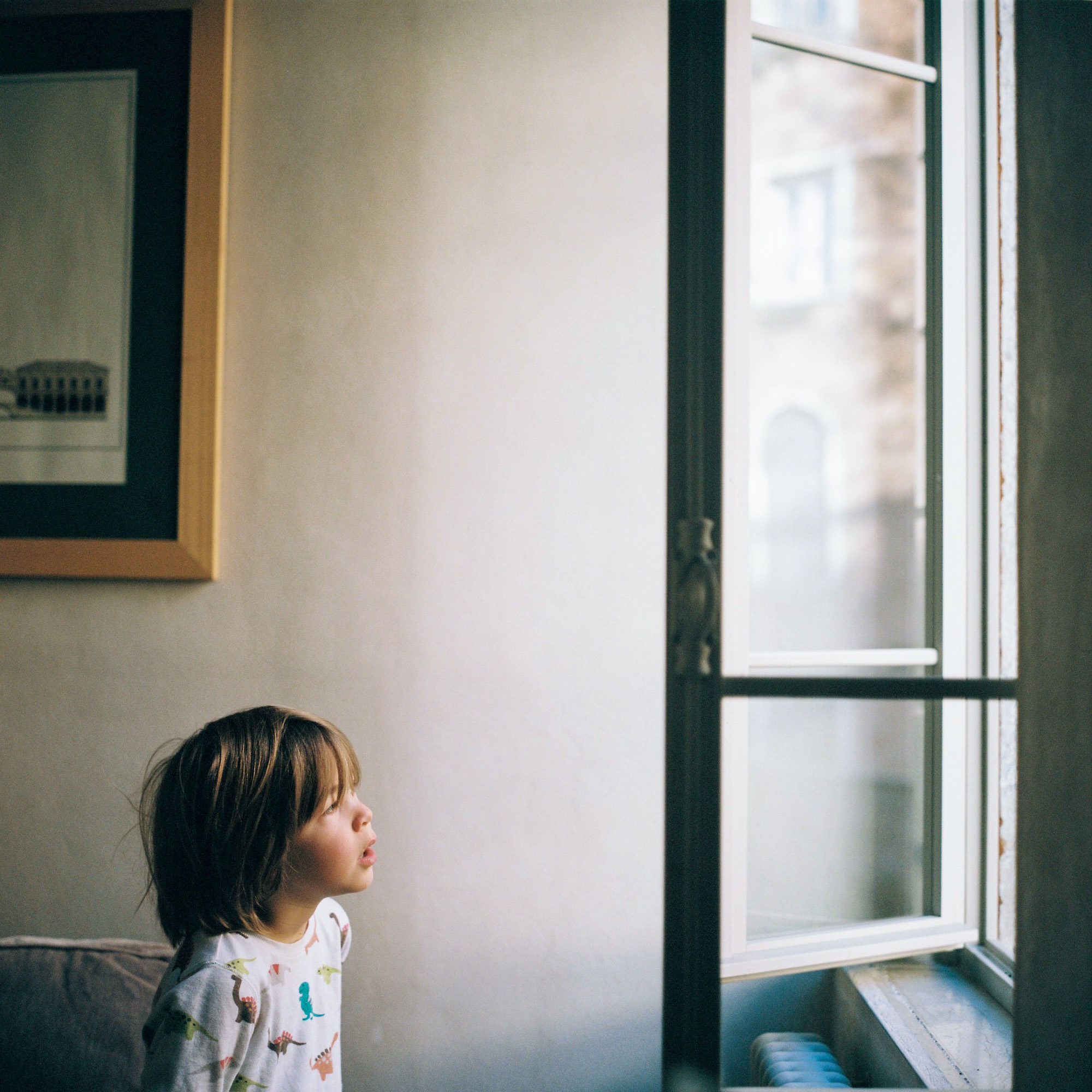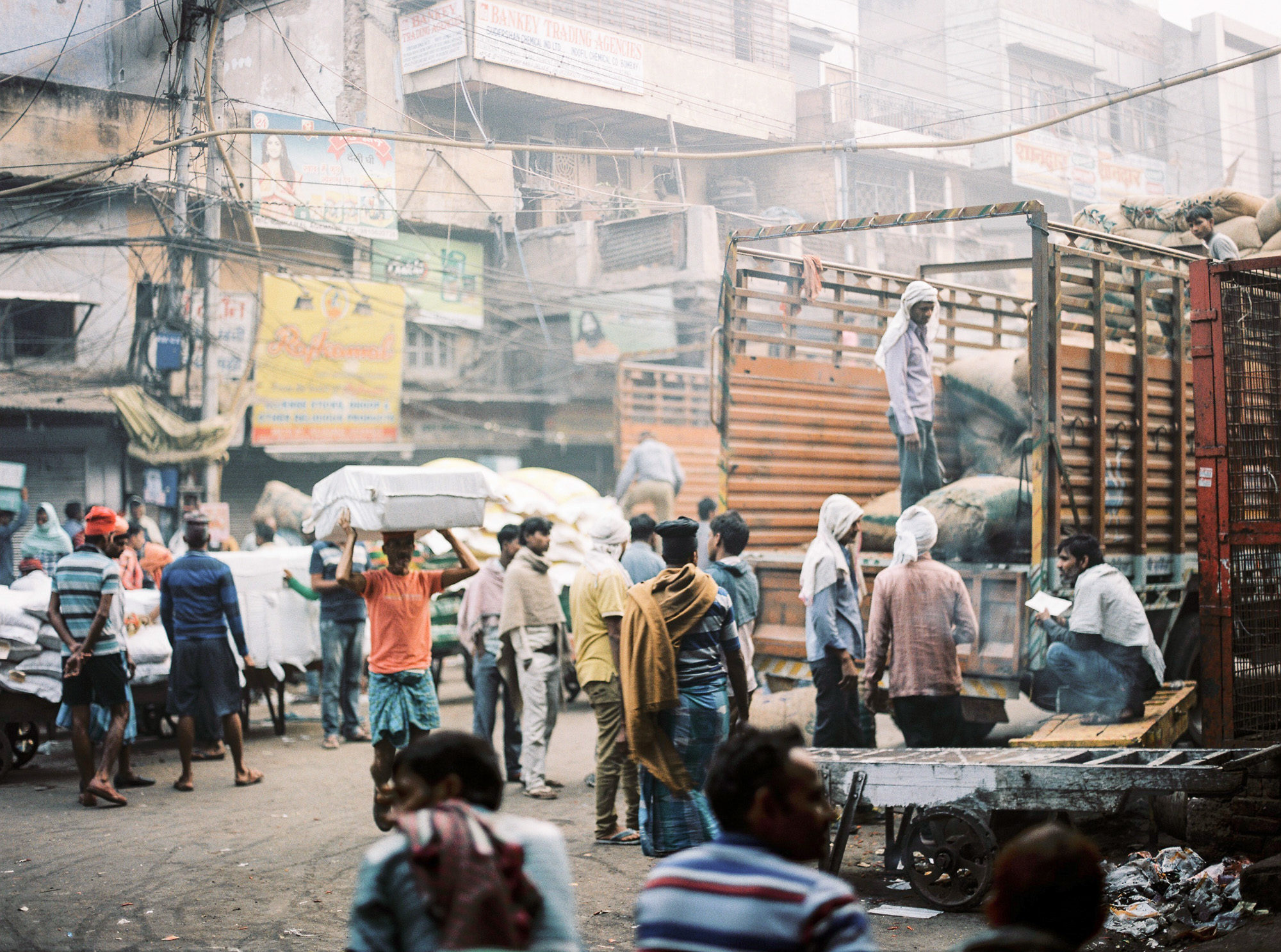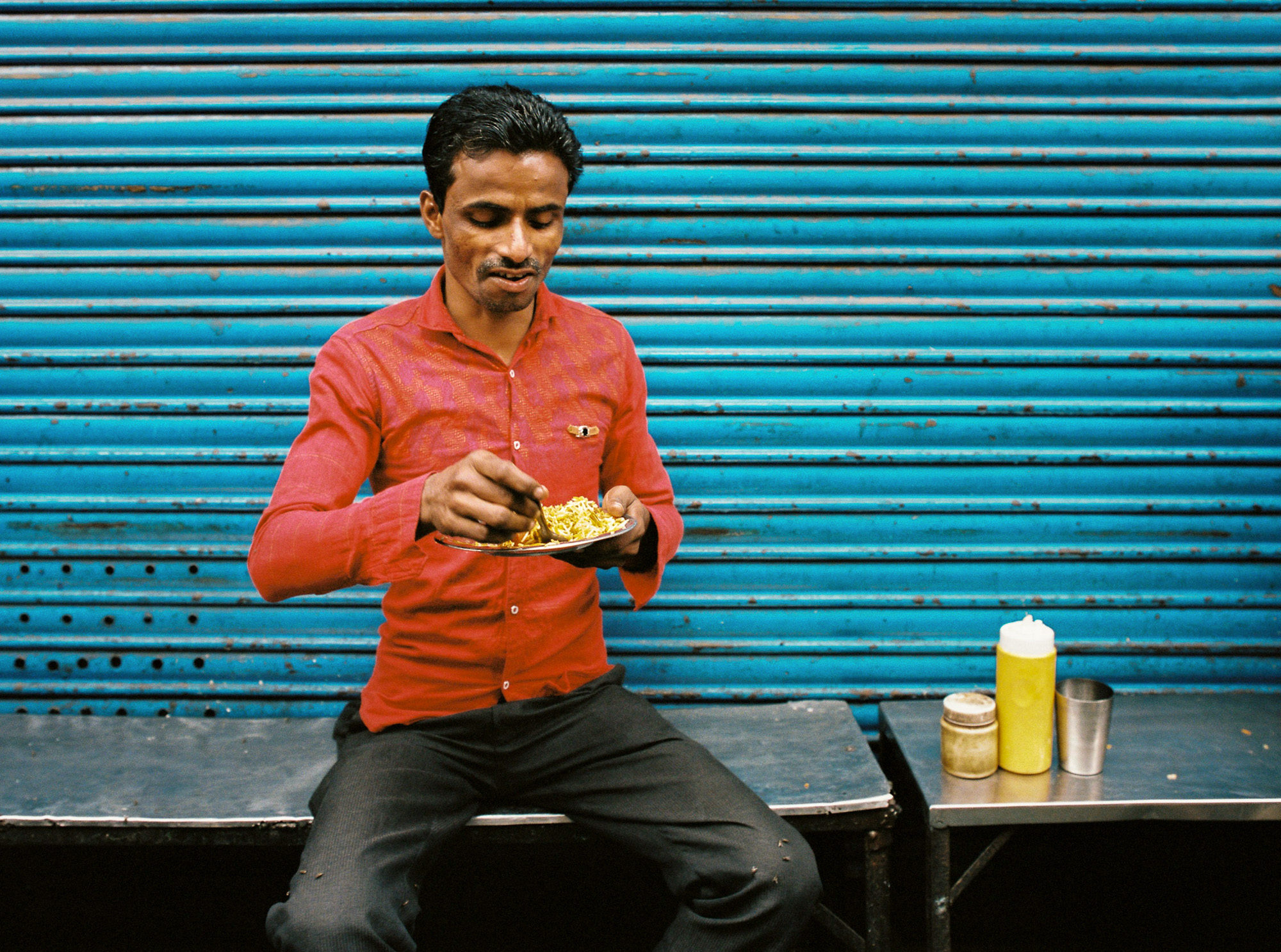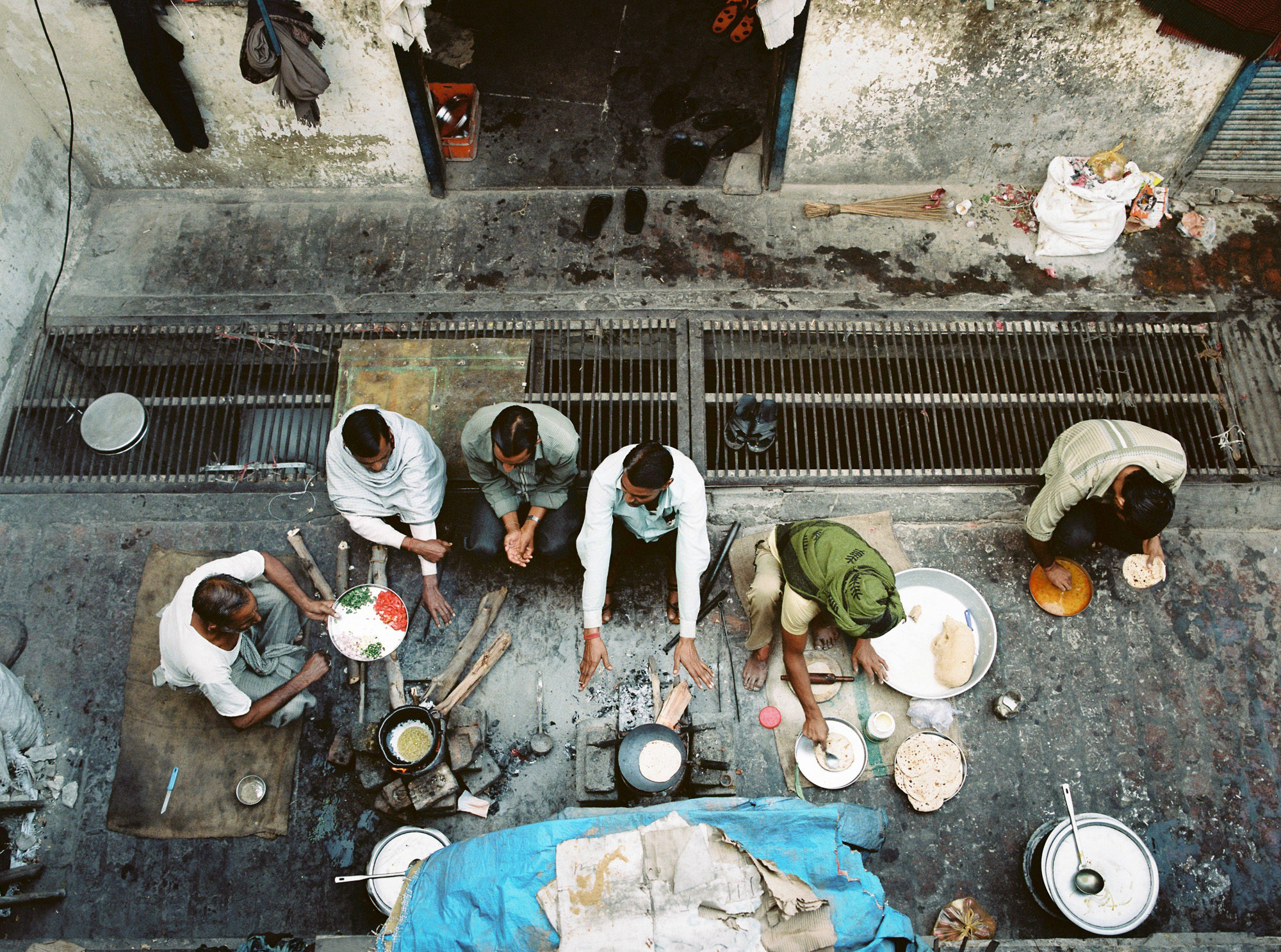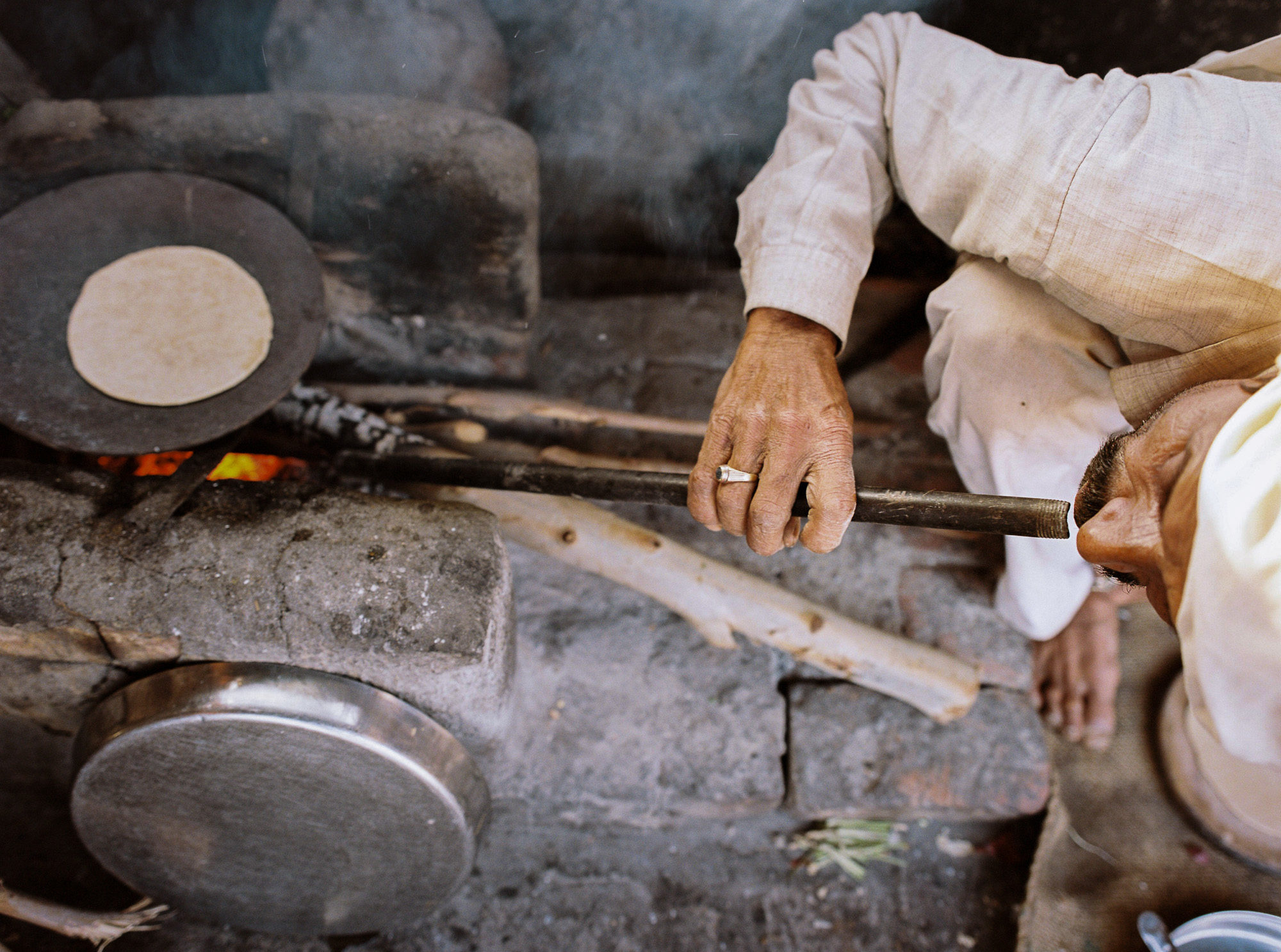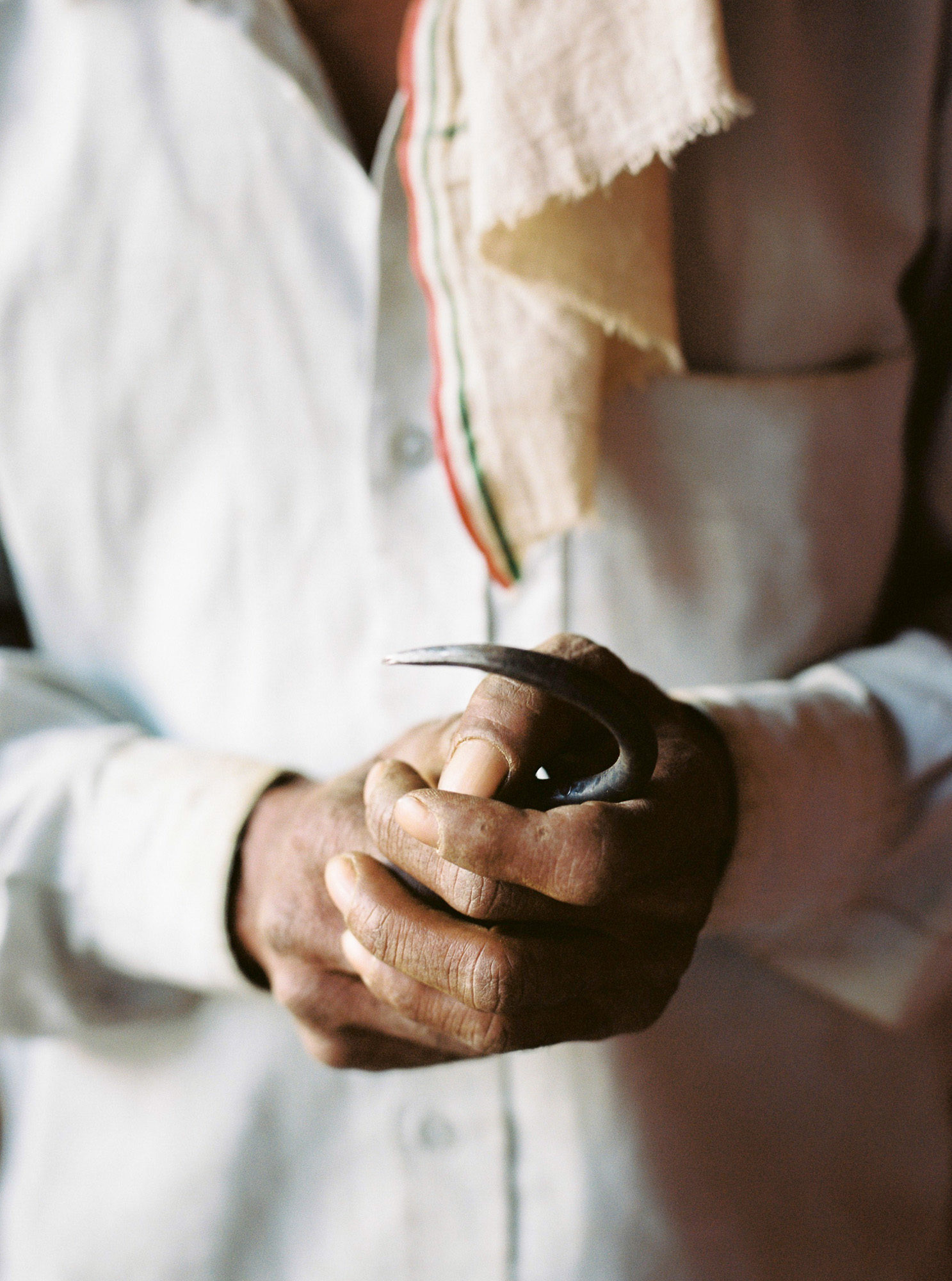Few Frames w/ Tamara Aptekar

DREAMS OF CHILDHOOD
This is a special one, we are closing the year and we wanted to wrap it up, going back home, to the roots, because traveling might not always mean jumping on a plane, train or bus; but perhaps diving into someone else’s quotidianity. Since we first saw Tamara’s work, we couldn’t help but hear the inner voice of the kid that we once were saying “Hey this was me! That was you!” and bring’s a strange brise of melancholy that runs down the spine, from the head to the heart.
What we find mesmerising about her work is the dance between a journalistic approach and staged photography. Never fully leaning on one or the other but swinging beautifully between both, something that often make us realize the magic that’s produced when you align the mind, the heart and the eye. Tamara’s work inebitably resemble us to Hamada Hideaki’s: Haru & Mina, if you’ve been looking at what has been happening in Japanese photography for the last 8 years, without a doubt Hamada’s work has been notably influential and thanks to international publications we believe has eventually reached Europe a while ago.
Saving the differences, it’s great to see how different kind of work ressonates in different photographers, how it evolves and transform with each pair of eyes. It is such a pleasure to be able to daydream when flying through the images, feeling at the same eye-level as the one kids have, the angles and moments combined are able to open a window into this childhood reality that we all have been part of at some point in life and often, with adulthood, we are forced to leave behind.


In her words:
“I’ve always been interested in people – what their lives are made of, what they feel and think. But in our society, people feel uncomfortable when they are observed too closely, it’s impolite to come too close to their personal space. This sometimes makes photographing adults a bit hard and can come in the way of taking the shot I want.
With children, it’s a different story. They are much freer of their personal stories, fears, and social inhibition. Taking pictures of children allows me to come closer to the most real and honest moments. I often find adults behave the same way but only when they are not aware that camera is pointed at them. You can ask a child to fill in a certain light or background to complete a composition you have in your mind and, most of the time, after a minute or less they stop noticing you and continue with what they were doing allowing me to capture the most genuine moment. Sometimes I am so surprised how easy it is for my own son to switch off and not care about being in front of the camera that I am shocked and surprised every time. I wish I could learn this from him.”
– Tamara Aptekar
LAB NOTE
Tamara’s work has traditionally been done over the Fuji Frontier SP-3000, working primarily with skintones, very different light situations and looking for vivid colors combined with bold shapes. Lately with the introduction of the Black Edge, it became one more reason to use the Frontier. As photographers ourselves we feel the Black Edge works perfectly for those images that are intended to work on their own, not a part of a series. The reason being, it isolates the image from the context, the same that happened with the white border on the prints or the passepartout in the frames. For Tamara’s work, we feel it fits like hand in glove.


